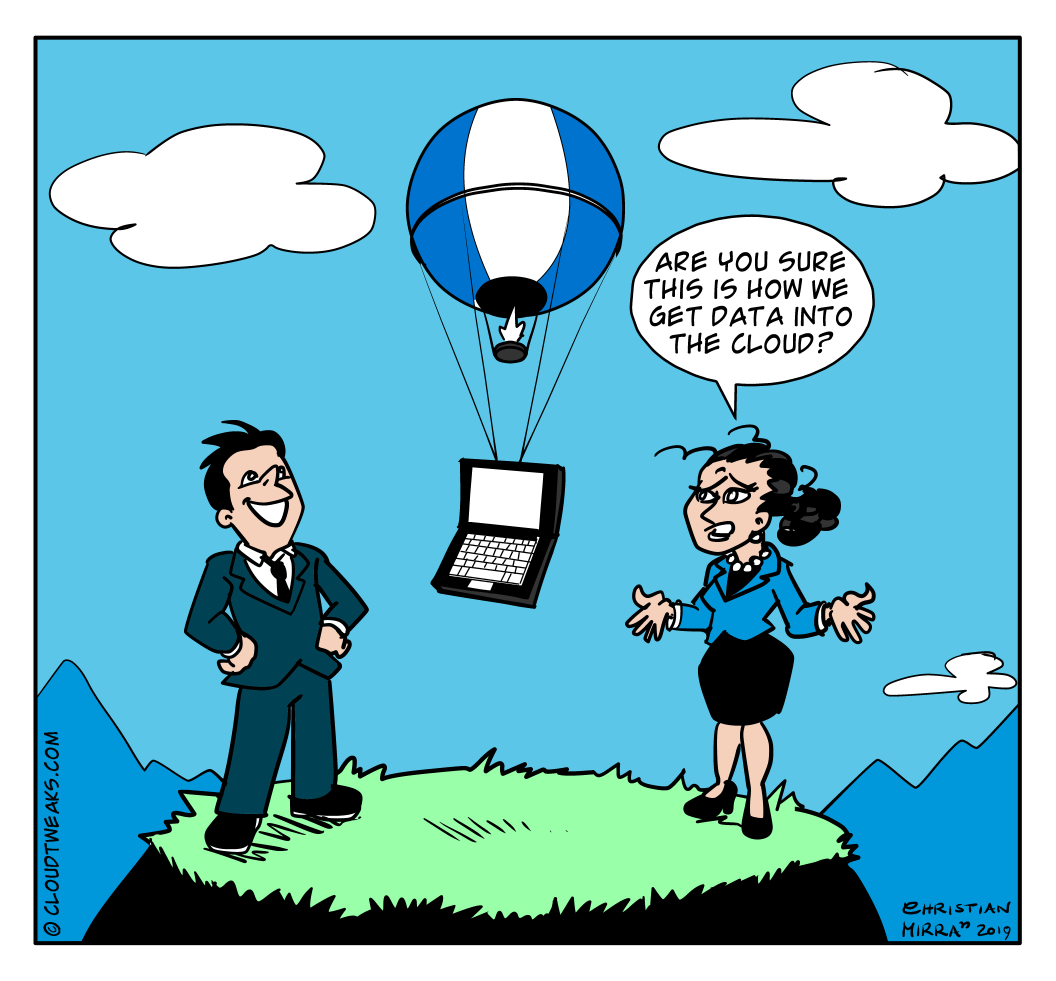
“Divestitures require careful planning and execution, but they can create tremendous opportunities for companies to transform their businesses and unlock new growth potential.” – Ginni Rometty, former CEO of IBM.
Divestitures are common in business, and IT professionals and MSPs should be prepared for them. There are different kinds, but usually, a divestiture involves a business being acquired by a separate company, resulting in a merger with the new company’s IT environment. This could be Office 365, Google Workspace or another tenant.
Whether companies create a new organization, acquire an existing company or spin off a new business, they typically need to restructure data assets. Assets can range from business records to document databases, emails and more. This restructuring often means MSPs need to execute a migration.
Migrations, of course, are no simple task. There are numerous steps, challenges and best practices MSPs should consider to ensure a smooth migration during a divestiture. Whether this is your first divestiture or not, it’s never too late to hone the process.
Challenges
It’s important to identify which environments are involved in the divestiture. Does it make sense to migrate to an existing environment or create a new one? Perhaps one company uses Microsoft Office 365 while the other company is using Google Workspace. MSPs are often tasked with either creating a greenfield environment where everything is set up from scratch or working with the CIO and IT teams to determine which productivity suite and practices work best for the merged company.
“Divestitures are an important way for companies to divest themselves of businesses that are not performing and focus on their core business and growth areas.” – Satya Nadella, CEO of Microsoft.
One challenge MSPs face is matching multiple pieces with the parent company. These include security parameters, licensing schemes and even email setups. For example, the parent company could use firstname.lastname@companyname.com for their email addresses while the acquired company uses firstname_lastname@companyname.com. This creates a challenge for the parent company, which now has to tell its new employees they’re getting a new email address after 20 years.
MSPs also want to ensure that security protocols between the environments match. Mismatched protocols create opportunities for hackers to access the environment and damage operations.
Geography can also present a challenge. Divestitures can happen between companies in different countries, creating an IT barrier that can complicate migrations. For example, a company in Germany that stores the majority of its data on local systems might need to migrate it all to the OneDrive of a new parent company in Japan. This causes an immense challenge because many countries have different restrictions in place regarding data migrations. As a result, it’s important to understand what data can be moved depending on regional law for the countries involved in the divestiture. This may be a time-consuming process, but it will be worth it in the end.
What to know before migrating
Before a divestiture migration, consider a few questions. What are the costs associated with the migration? What are its staffing needs? What is the timeline for finishing? How much data needs to be moved? These are key questions that need to be answered beforehand.

In addition, you need the right tools. The right migration tool can ensure the transition is successful and minimally disruptive to end users. These tools also offer predictability. Migration tools with various bundles help MSPs pick the best option for their specific migration. This tells them how much a migration will cost and helps them avoid disastrous surprises.
MSPs should also consider bringing in a customer success engineer as soon as the divestiture pre-sale is done. Handover between pre-sales representatives and the customer success team is an essential step to the success of a divestiture migration. A customer success engineer can help address any issues or problems that arise during a complex migration. This will ensure there is added support during the migration process to prevent mishaps and keep end users satisfied.
Best Practices
Whether it’s before, during or after a migration, there are several best practices that help ensure a smooth process. If you’re using a migration tool, always make sure to watch the timestamps and monitor the migration as it progresses. Don’t wait for the tool to tell you the migration is complete. Some files may not have migrated, which can cause headaches for the end user and delay the project. Always ensure that each file is truly complete by checking for any errors that may occur during the transition. One simple way to verify this is to compare file sizes.
You should always ask more questions than appear on the standard operating procedure (SOP). All customer environments have hidden quirks. A company may have stopped using EMC SourceOne over three years ago but doesn’t realize there are still stubs pointing to the email system. Now, it’s the last day of the migration, and this information hasn’t been moved. Unknowns like these can hobble the entire migration, delaying both legal and business deadlines for the divestiture.
Finally, make sure end users are trained in the new environments and productivity suites. A new suite will always have a learning curve. Because of this, you should offer training to employees unfamiliar with new environments. With access to training resources, employees can ensure they understand how to use the platform and its tools and work across teams efficiently without slowing down operations.
Migrating data during a divestiture can be complicated, but it’s not impossible. By following these steps and best practices, MSPs can ensure migrations run smoothly, enabling CIOs and executives to focus on the overall divestiture process and reassuring end users their data is secure and protected.
By Tosin Vaithilingam
Originally posted on April 5, 2023 @ 12:03 pm
